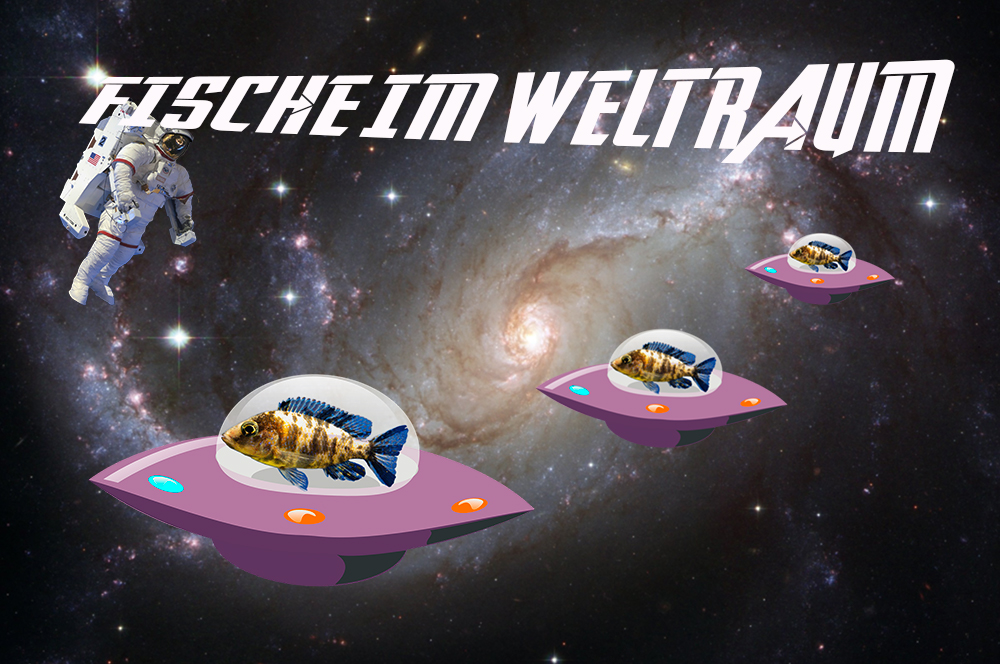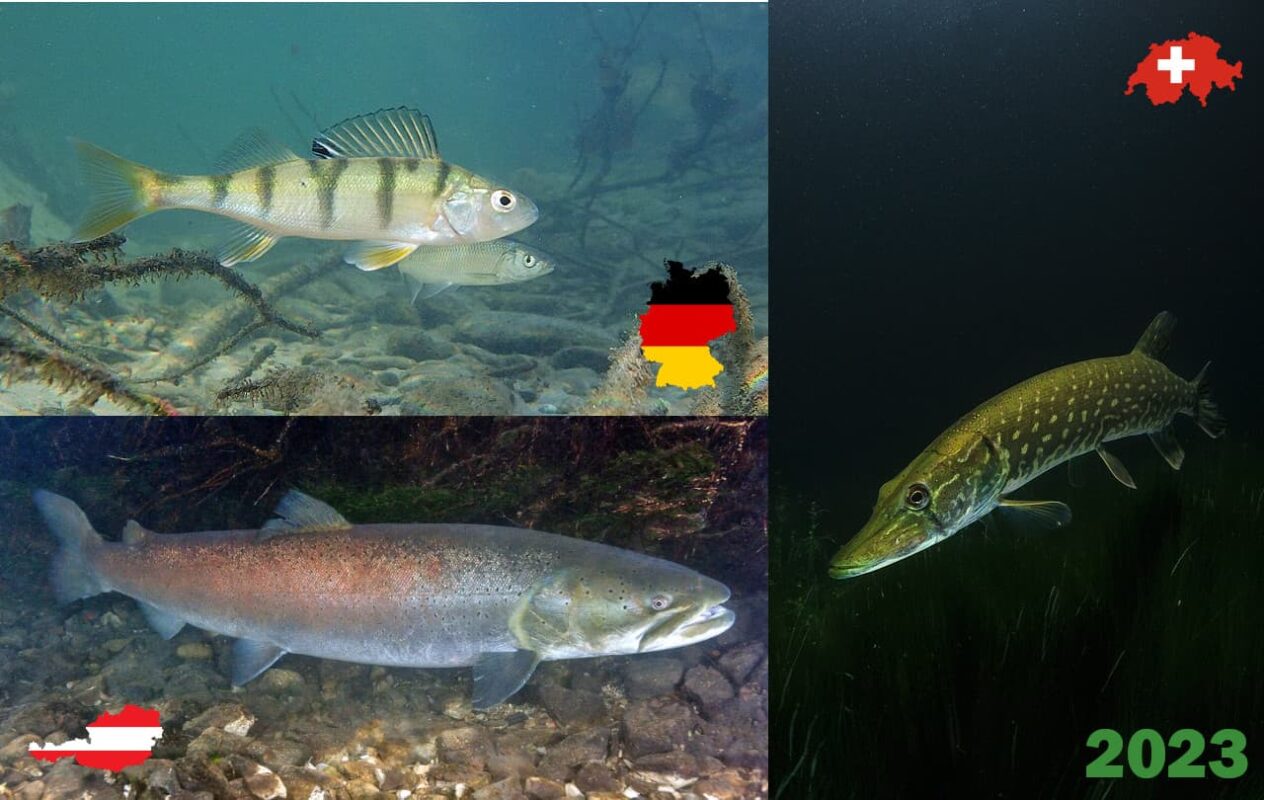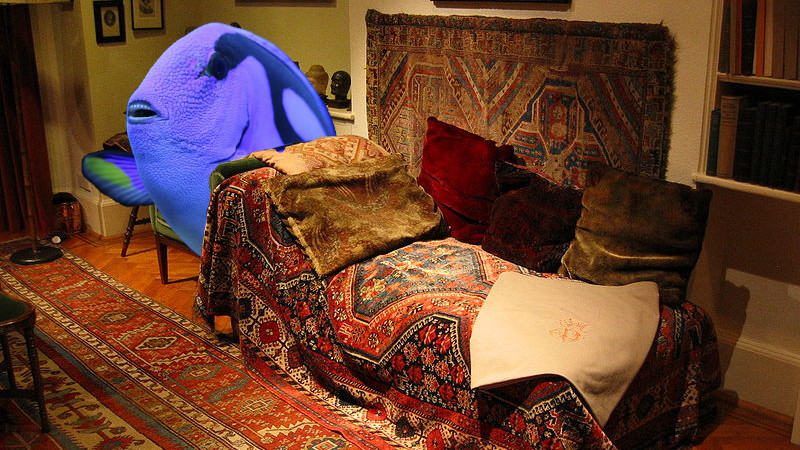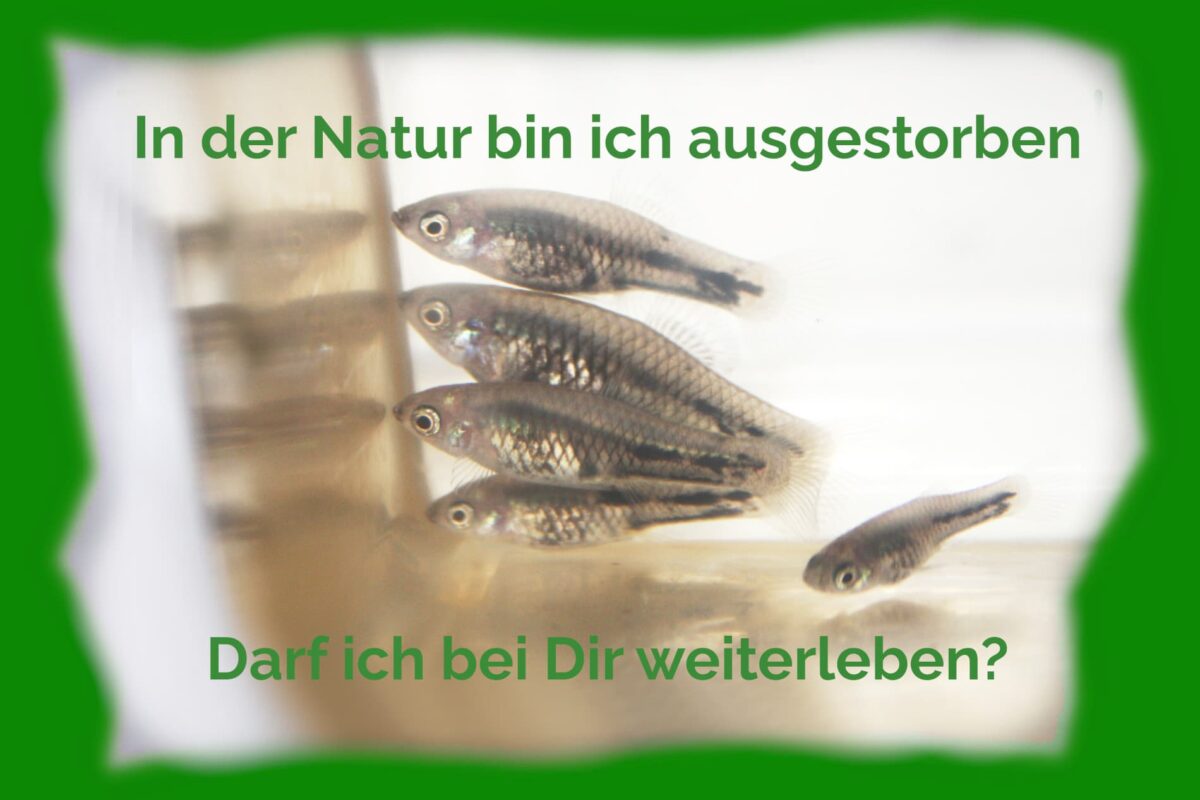Did you know that in addition to human astronauts (as well as monkeys and dogs), lots of fish have also flown into space (and come back)?
Staying cool: Swordtails
Back in April 1998, fish flew into space on the space shuttle Endeavour in a self-contained system specially designed for them: the “C.E.B.A.S.-MINI-MODULE” was a tiny habitat of just 8.6 liters. Despite its small size, it housed 4 pregnant Xiphophorus helleri (swordtail) females, 225 X. helleri juveniles, plus water snails, Ceratophyllum plants and a bacterial filter, which orbited the earth for a total of nine days before returning. All four female swordtails survived the flight in good physiological condition. In contrast, there was a mortality rate of around 66 % for the juvenile fish. Almost all (97 %) of the snails survived and produced over 250 offspring and 40 spawning packages.
In April of the same year, the C.E.B.A.S. module went into space again with Columbia. On May 3, 1998, after a 16-day flight, the module landed safely back on Earth — this time, too, the adult animals had survived the extraterrestrial stay well. The plants had even increased their mass by over 200%. Only 75% of the snails had survived, but only a few of the numerous eggs they had laid. There were also greater losses than expected among the juvenile fish. Apparently the habitat had become relatively warm in the meantime – the temperature in the space shuttle was probably 33 °C at times. The adult animals, on the other hand, were doing fine – even better than their “colleagues” in a similar module that had remained on Earth as a comparison system. The latter had shown clear symptoms of stress, while the adult swordtails from space had remained similarly “cool” as their terrestrial aquarium counterparts despite the temporarily high ambient temperatures(scientific study; PDF file). There were also no signs of the effects of weightlessness on the bones and muscles of the astronauts.
And: In 2003, another C.E.B.A.S. was on board the Columbia space shuttle — on the flight that ended so terribly tragically…
Foton-M3: Cichlid larvae on board
In September 2007, cichlid larvae took to the skies: during the Foton-M3 mission, researchers from the University of Hohenheim focused on the growth of otoliths – small stone-like granules in the inner ear of fish that are important for the sense of balance.
The fact that cichlids carry their yolk sac with them as larvae and are therefore “self-sufficient” during this developmental phase was one of the reasons why this fish species was chosen. The main reason, however, lies in the relative dimensions of their otoliths: “[…] the animals are suitable because the vestibular organs in fish have almost exactly the same mass as in humans,” explained researcher Hilbig at the time.
Cichlids with a fatal end
Also to investigate the topic of “motion sickness”, another 40 cichlids went on a journey into the cosmos on a Russian Soyuz mission in April 2013:
During the Bion-M1 mission, a closed ecosystem – called “Omegahab” – also went on a journey. It was filled with Euglena gracilis, hornwort, posthorn snails, Mexican amphipods and the 40 cichlid larvae. This time, the fish larvae and the algae were filmed during their stay in space in order to be able to recognize changes in behaviour. Also on board were 15 geckos of the species Chondrodactylus turneri as well as gerbils and laboratory mice. Unfortunately, the 30-day flight did not end well for most of the test animals: Due to an incident or defect, all the gerbils died, as did half of the laboratory mice. And in the Omegahab, the LED lighting failed. While the plants changed their metabolism and survived, the fish, crabs and snails lacked oxygen and died.
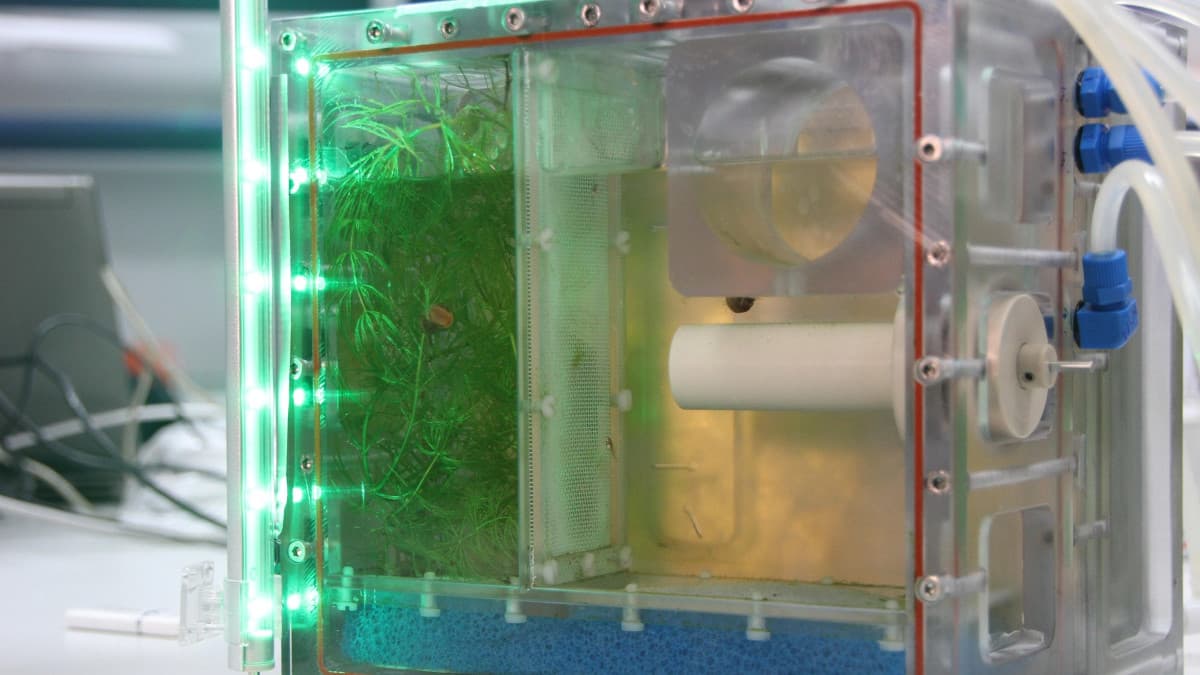
Goldfish fly for Japan and Russia
And finally, in 2014, goldfish and earthworms flew to the ISS on a Russian Progress M-22M for experiments. They were part of a Russian-Japanese experiment with the cute title “Akvarium-AQH” on the topics of muscle atrophy and bone loss. And they also lived — naturally — in a closed mini-ecosystem.

